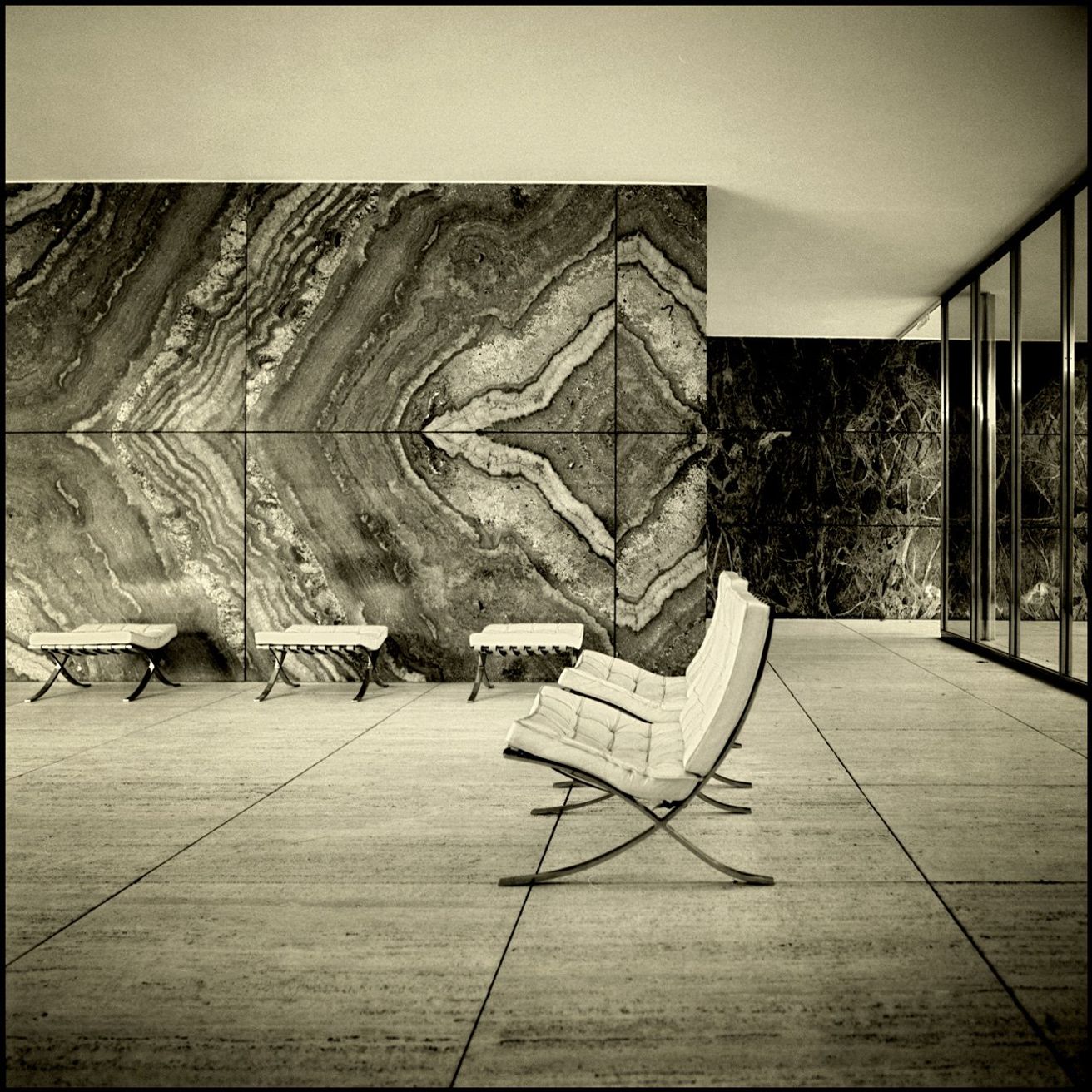Magic Fountain of Montjuïc: This fountain plays an important role in Barcelona. It combines the need for water and art into the fountain known as the Magic Fountain of Montjuïc. This fountain is historically significant to Barcelona for multiple reasons. The first is that it was a reliable water source in the fourteenth and fifteenth centuries in Barcelona. Secondly besides historic reasons to visit there was a light festival held in the 1980s and is incorporated into many events that happened. It was featured in the Olympics when Barcelona held them.
This fountain is significant because it is not just a water source, it is also a significant art piece as well. –No pun intended. Performances are held in front of this fountain. There are over three-thousand jets with over fifty colors attached to this fountain and it contains many lights. Often in the modern times,pop music is often played when the light festivities are going on. It is truly a beautiful site to see.
The fountain was originally constructed in 1929. One of the most devastating things that happened to this fountain is that it was destroyed during the Spanish Civil war. It is currently restored. It was restored by the Universal Expedition in the 1980s, which is roughly fifty years after the Spanish Civil War.
Many individuals tour this fountain on the weekend. This fountain has a myth that many people believe in. The myth allegedly is that if you drink the fountain water, the person who drank the water will immediately fall in love. This is so romantic. You can party, learn about history, and fall in love on the same weekend!

